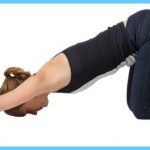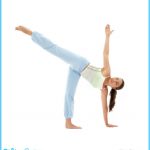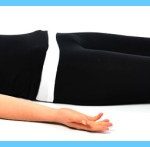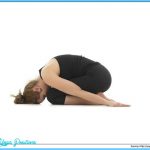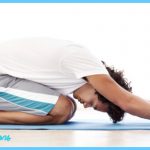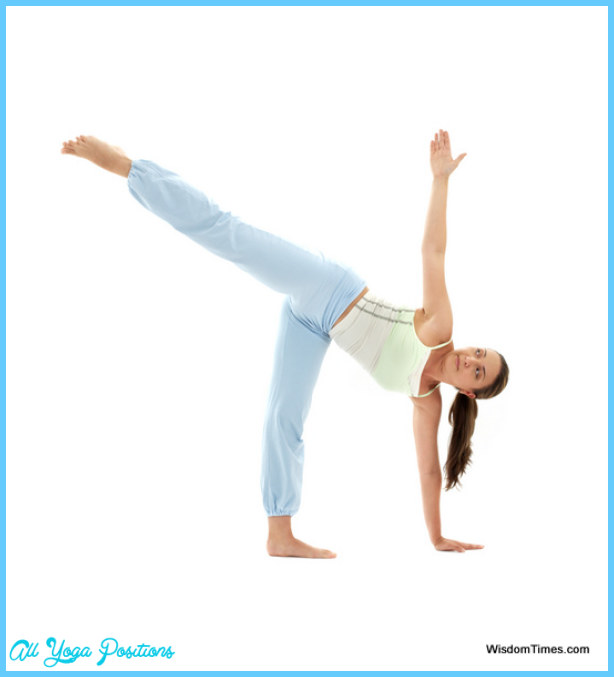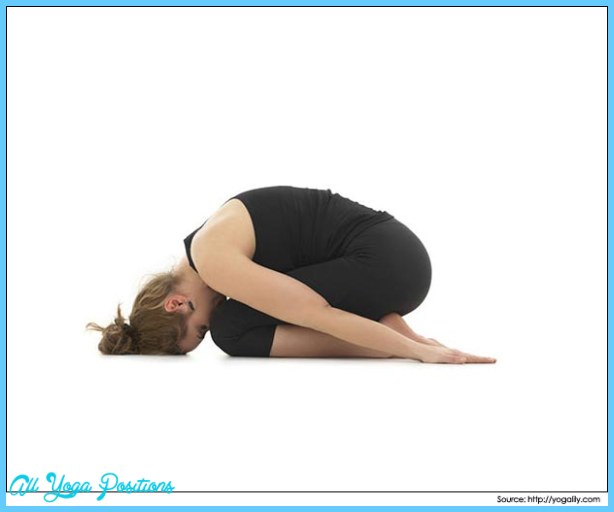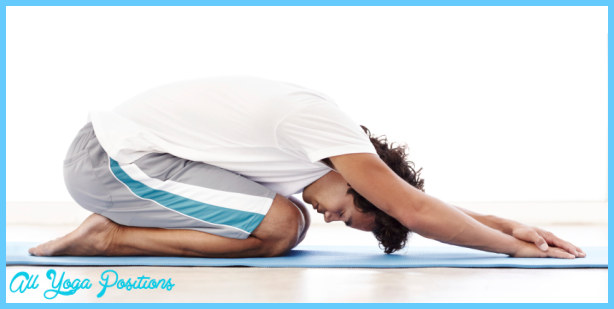Moving into an everyday routine
Because Group 2 is comprised mostly of busy people with very full lives, the optimum and most advantageous relaxation situations may prove difficult to obtain. It is, therefore, a good idea to practise a muscle relaxation routine that suits the body when it is in a position dictated to you as yOu sit in a chair.
1. Partial relaxation
a. In the sitting position, take up an accentuated floppiness – as one person I know puts it, ‘like a drunk asleep in a train’. In this position the head flops on to the chest, the legs are slightly parted, with the thighs rotated outwards to a degree. The arms hang over the chair rests. (This latter position, although highly useful as a total ‘let go’ attitude, can in the unconscious sleeping person be traumatic and damaging; in some chairs the nerves of the arm can become compressed by the sides of the chair and a temporary arm paralysis can ensue.)
b. Once the relaxation response is experienced when sitting in a chair, your body position can be tidied up considerably. I always stress that chair relaxation can only be really effective if you make a thorough and repeated tour of your muscles as you sit there. You will be conscious of new proprioceptive impulses received from your muscles and your joints that are different from lying-down relaxation. Some muscle groups will, in fact, not be as relaxed as they would be in the ‘drunk’ or ‘sleeping chair’ position.
Such a concept of partial relaxation is very useful, and particularly so to those of us who spend a great deal of time in sedentary occupations. Personally, while my right hand is scurrying across the paper and my fingers contract as they grip the pen, I can feel perfectly relaxed in my left hand and arm, and well relaxed too in my legs. Exactly how relaxed you can get in ‘second best’ environments depends on many things, including the sort of person you are and your powers of detachment from the environment you are experiencing.
It is unlikely, however, that chair relaxation will prove to be totally adequate and rewarding without some regular sessions of total relaxation (which means spending some 15 or 20 minutes a day on relaxation training procedures associated with pendulum breathing).

